Resource Center
Let's find what you're looking for.
A curated collection from fumaric acid industry experts designed to support your expertise and ensure the success of your projects.
NORBIDAR Certificates for Fumaric Acid

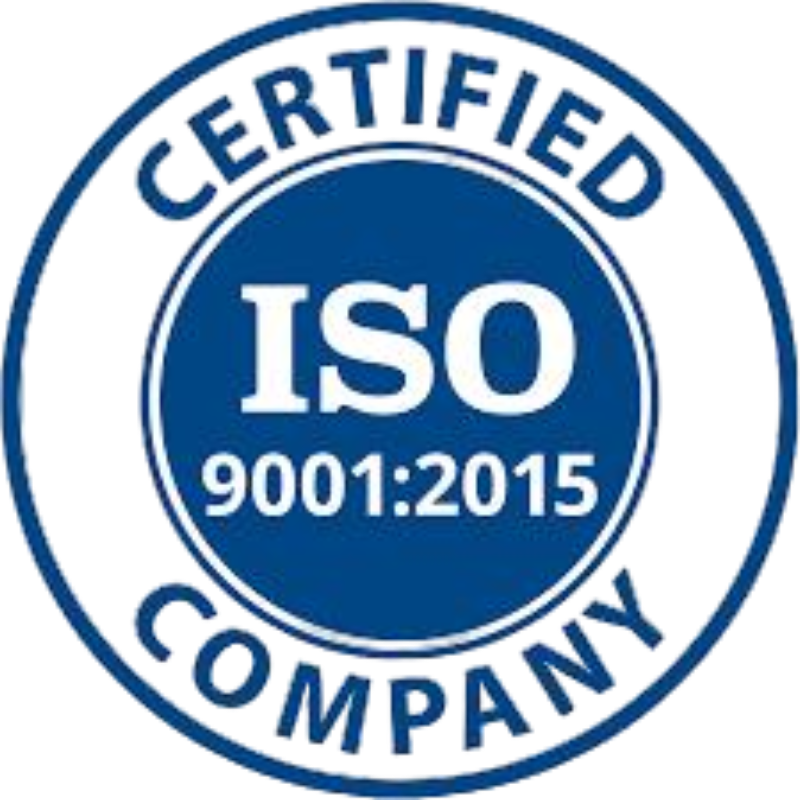

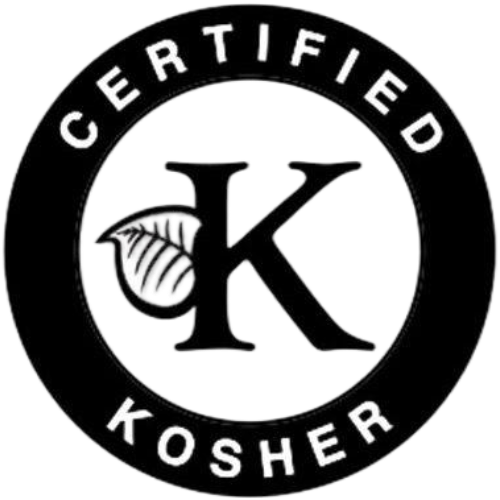
Unlocking Success With Fumaric Acid Solutions from NORBIDAR
Fumaric acid is widely used in the food industry due to its acidic, preservative, and flavor-enhancing properties.
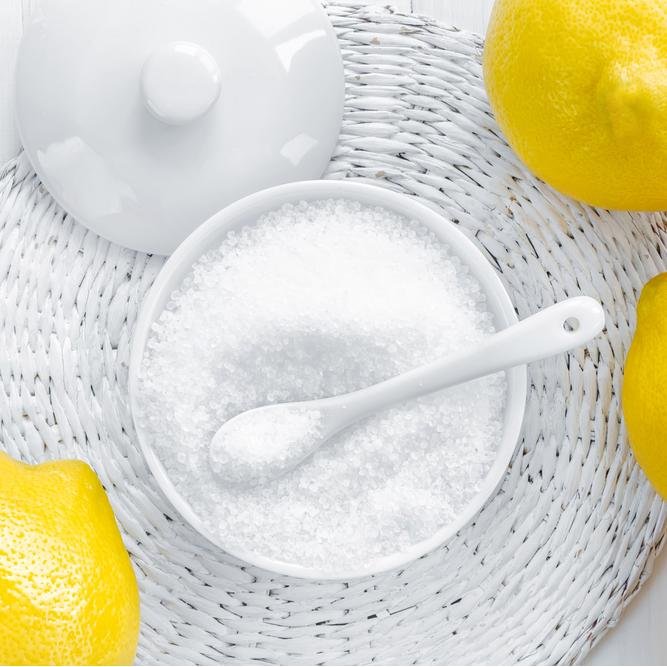
Acidulant
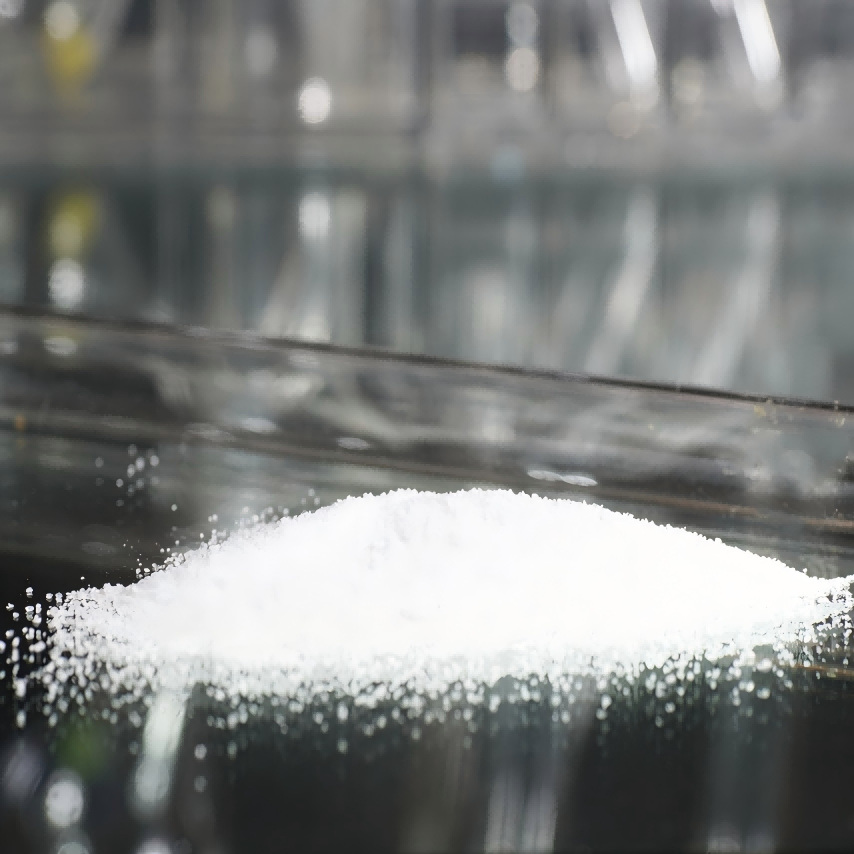
Preservative
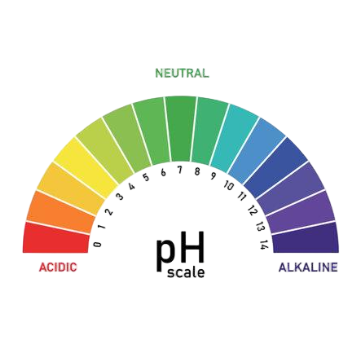
PH Control

Dough Conditioner

Nutritional Supplement
Fumaric acid is used in animal nutrition as an acidifier, preservative, and performance enhancer.
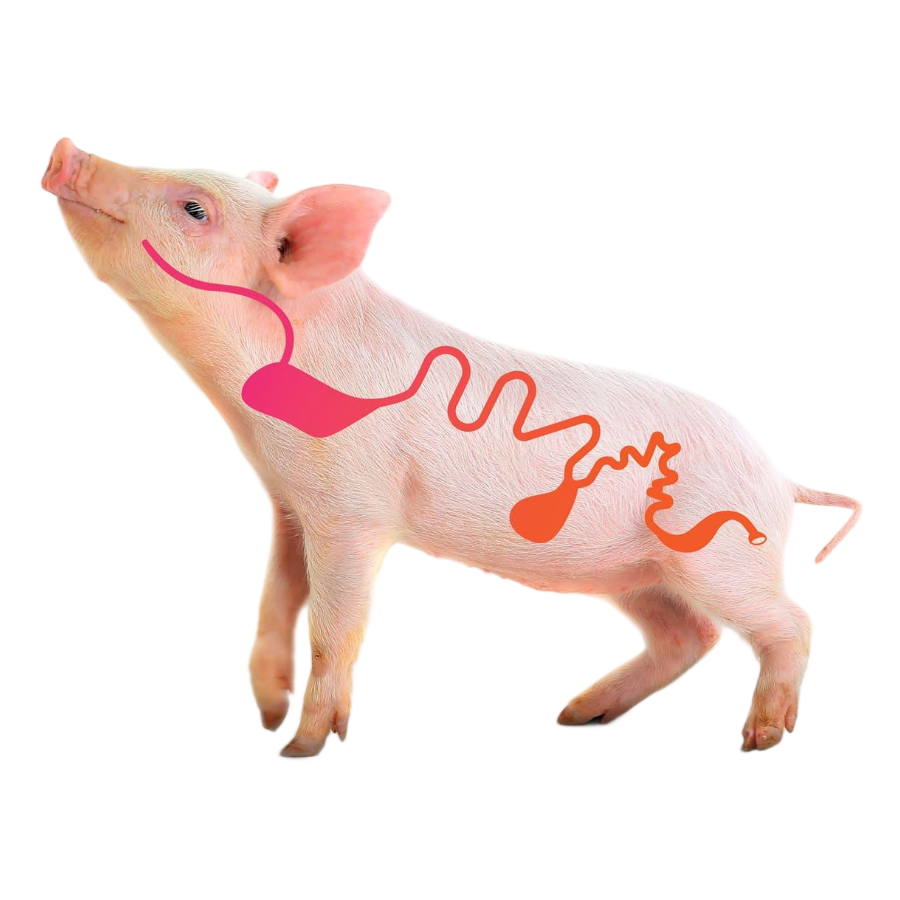
Gut Health & Acidification

Feed Preservation
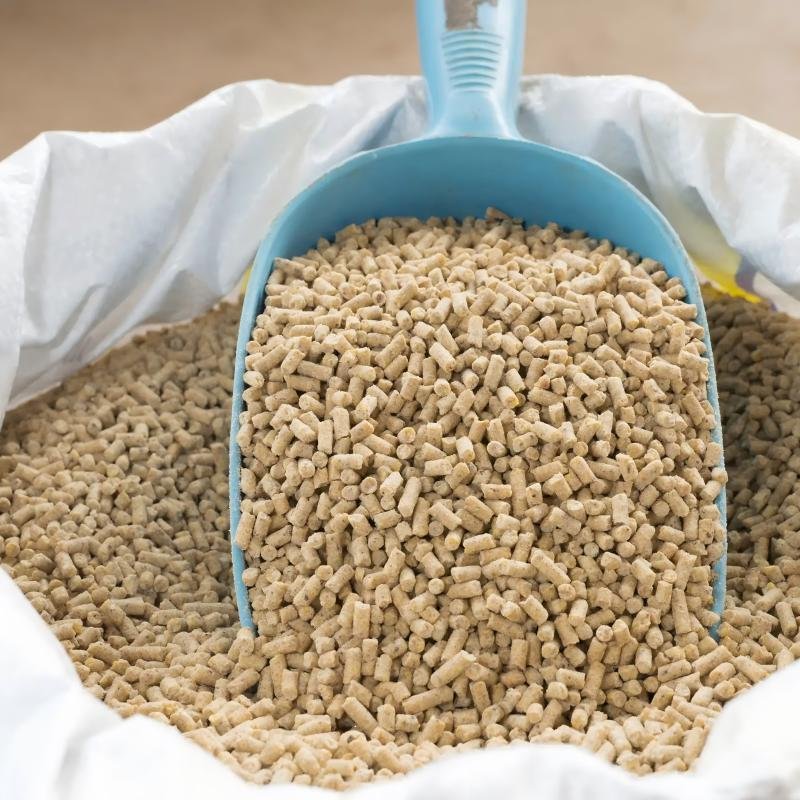
Growth Performance

Aquaculture Benefits
Fumaric acid is used in the production of various resins due to its reactivity, rigidity, and thermal stability.
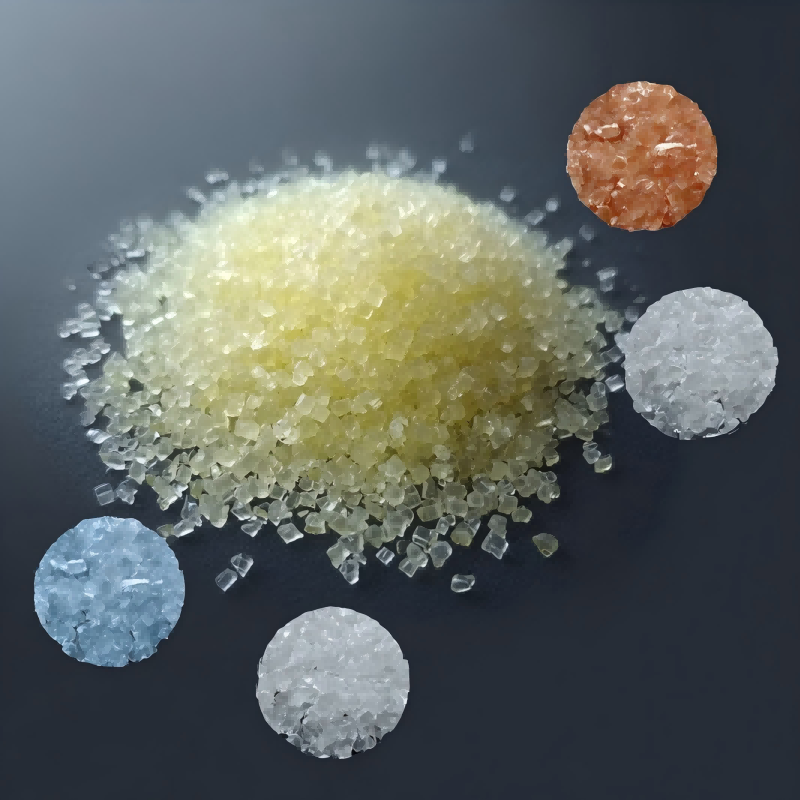
Unsaturated Polyester Resins

Alkyd Resins

Polyamide & Polyol Modifications
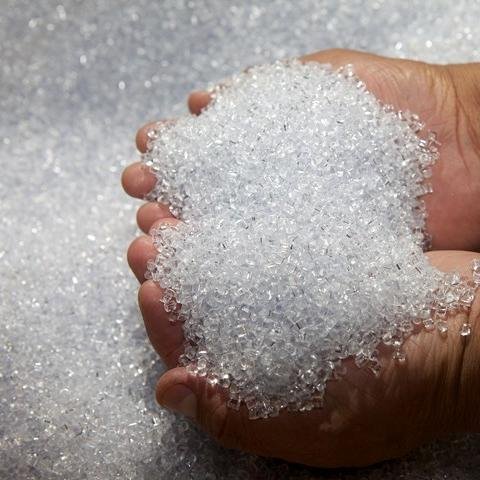
Specialty Resins
FAQs About Fumaric Acid
Is fumaric acid bad for you in food?
Fumaric acid is generally considered safe for use in food. It is approved by authoritative bodies such as the U.S. FDA, European Food Safety Authority (EFSA), and the Joint FAO/WHO Expert Committee on Food Additives (JECFA) for its use as a food additive, including as a flavoring agent, acidulant, and preservative. It is recognized as practically non-toxic and is widely used for its sour taste and antimicrobial properties.
Is fumaric acid gluten free?
Fumaric acid is gluten free. It is not derived from gluten-containing grains like wheat, barley, or rye, but rather produced through fermentation or chemical synthesis from carbohydrates such as glucose, sucrose, or lactose. Because fumaric acid is a dicarboxylic acid and not a protein, it naturally contains no gluten proteins. Fumaric acid is widely used as a food additive, including in gluten-free products, to enhance flavor and acidity without introducing gluten.
Why do they put fumaric acid in food?
Fumaric acid is added to food primarily as a food acidulant to regulate acidity and pH, as a flavoring agent for its sour or fruity-like taste, a preservative to extend shelf life, and as an ingredient in leavening agents for baking. Its non-hygroscopic nature makes it valuable in dry mixes as it prevents caking. Fumaric acid also acts as an antimicrobial agent by disrupting microbial cell walls, helping preserve foods like processed vegetables, baked goods, and beverages such as fruit juices, beer, and cider.
What is fumaric acid made of?
Fumaric acid is an organic compound composed of carbon, hydrogen, and oxygen atoms, with the chemical formula C4H4O4. It is a dicarboxylic acid, specifically the trans-isomer of butenedioic acid, containing a carbon-carbon double bond in the E-configuration. The molecular weight of fumaric acid is approximately 116 g/mol. It naturally occurs as a white crystalline solid.
How big is the fumaric acid market?
The global fumaric acid market size was approximately USD 808.4 million in 2024 and is projected to grow at a compound annual growth rate (CAGR) of around 3.85% to 4.8% depending on sources. By 2033, it is expected to reach between USD 1.17 billion and USD 1.20 billion. Different reports show some variation in these figures, but all suggest steady growth driven primarily by demand from the food and beverage, pharmaceutical, and chemical industries.
Where can fumaric acid be found?
Fumaric acid occurs widely in nature, both as a metabolic compound in organisms and as a constituent in various plants and foods. Fumaric acid can be found naturally in several plants and fungi. Key natural sources include fumitory, bolete mushrooms, lichen, and Iceland moss. It is also present in certain fruits and vegetables such as apples, watermelons, papayas, pears, plums, tomatoes, and carrots, though often in smaller amounts compared to other organic acids like citric and malic acid. In addition, fumaric acid is a metabolic intermediate produced in living cells during the citric acid cycle, which is essential for cellular energy production. Human skin also produces fumaric acid upon exposure to sunlight.
Why Is Fumaric Acid Superior to Citric Acid & Malic Acid
| Property/Aspect | Fumaric Acid | Citric Acid | Malic Acid | Notes/Advantages of Fumaric Acid |
|---|---|---|---|---|
| Acid Strength | Stronger acidulant, about 1.5 times more acidic than citric acid | Moderate acidity | Moderate acidity | High acidifying power means less quantity needed for equivalent sourness |
| Acidulant Efficiency | Needs less amount to achieve similar sourness compared to citric acid (about 0.6-0.7 times by weight) | Requires higher quantity | Higher relative sourness than citric acid, with prolonged sour sensation | Economical, smaller amount required to acidify products |
| Antibacterial Property | Exhibits strong antibacterial effects, inhibits malolactic fermentation, useful in food preservation | Less antibacterial effect | Moderate antibacterial effects | Useful as antibacterial food additive, extends shelf life |
| Solubility | Low solubility in water, non-hygroscopic | High solubility, hygroscopic | Moderate solubility | Non-hygroscopic nature reduces moisture absorption, beneficial in dry products |
| Effect on Growth Performance | Dietary supplementation improves growth and feed efficiency in animals/fish | Slight or no improvement | Some improvement in growth reported | Enhances growth performance and feed efficiency better than citric acid in some studies |
| Stability and Handling | Less sticky, less moisture absorption | More hygroscopic, sticky | Slightly hygroscopic | Easier handling and storage for dry mixes and powders |
| Taste Profile | Produces a pleasant sour or tartness | Tangy with a sour taste | More prolonged sourness than citric acid | Enhances flavor profile with less astringency |
| Cost | Generally less expensive as a food-grade acid | More expensive | Moderate cost | Cost-effective alternative to citric acid |
| Industrial Usage | Used in baking, food acidification, feed additives | Widely used in beverages, food preservation | Used for flavor enhancement in foods | Versatile industrial food acidulant with multiple roles |


